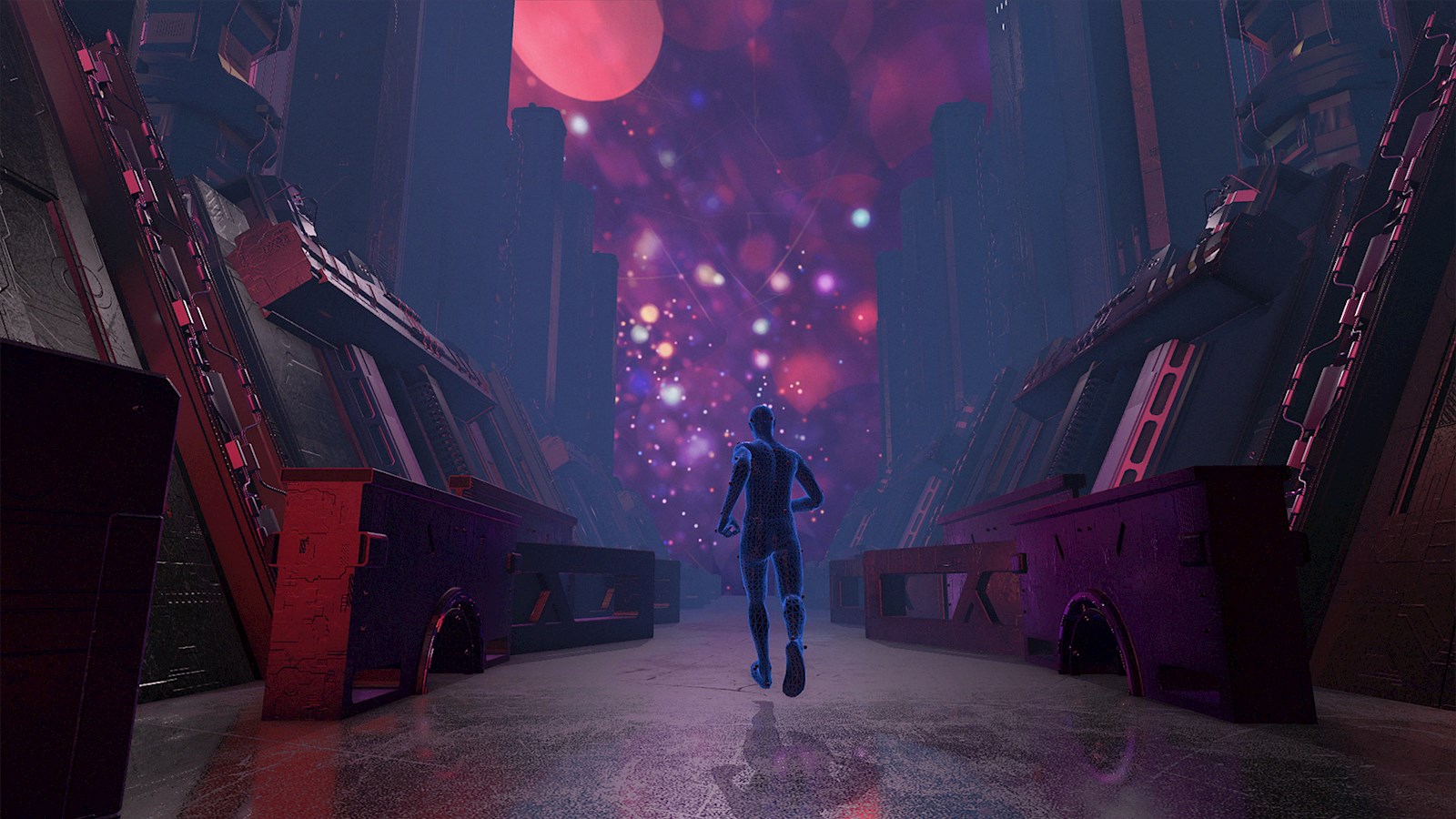
Show this article in Chinese, French, Portuguese (BR), Spanish
The metaverse: the next frontier
Digital, immersive, 3D experiences where avatars meet – and transactions are done – are the next opportunity for brands
The market is already being made. In 2021, commentators put the total market for trading in metaverse-like environments at around $1.3T. About $586B of this came from advertising, $475B from social commerce and $94B from digital events. Mean annual growth expected over the next six years was put at 44%.
Opportunities to be creative – visionary – are limitless. Audiences will be diverse and loyal. New revenue streams are already being realised. And sustainable consumption is a highly attractive proposition (but watch the carbon cost of that data). And be warned: authenticity is everything. If a value proposition is flimsy in the real world, making it digital won’t fix it.
These are exciting times for marketers. Andy Hood, Vice President Emerging Technologies at WPP, puts it like this: “The early days of any new medium are where we can have the most impact, be at our most imaginative and really make a difference in shaping the future.”
Di Mayze, Global Head of Data and AI at WPP, concedes that definitions of the metaverse are still diverse. “But in 2032, we believe it will manifest as a persistent, virtual environment, that imperceptibly enhances and augments daily life,” she says. “That is, people won’t consciously ‘enter’ the metaverse to have an experience, but their virtual and physical worlds will be intertwined, whether they are socialising or working.”
What it is not
Given we are still wrestling with definitions, let’s at least be clear about what the metaverse is not.
There are great virtual reality experiences that are not metaverse, and all metaverse is not virtual reality. The same is true of augmented reality. For example, "Beat Sabre" on Oculus Quest is a great virtual reality game but it is not a metaverse experience. Similarly, 27m people attended the Travis Scott gig in Fortnite, but almost none of them wore headsets.
By the same token, the power of the metaverse won’t be realised through a single business’s vision. The activities coming onstream from big tech players who we perceive today as metaverse frontrunners, will be just one aspect of a much bigger, connected metaverse to come.
And it is not a revolution either. The metaverse has been gestating for around 35 years. Eventually, as its progress continues, the metaverse will show itself fully as a virtual world – in virtual reality. But, as a reality, it's still some way off.
We think the foundations are laid
We think there are four pillars of what will emerge as the metaverse. The first is virtual worlds. These are immersive simulated worlds that can serve any purpose the imagination can deliver up (from games, to meeting friends, to watching entertainment, shopping, trading, working, and so on). They are best accessed through virtual reality but also – and mostly – through mobile, tablet, and laptop.
Augmented reality delivered via AR/VR headsets – the second of our pillars – provides the bridge between virtual and real worlds. There is palpable excitement amongst analysts and investors for the headset market. Partly this is down to the scope for technological advancements, but it is also because AR/VR headsets could transform medicine, education and the workplace too – the metaverse is not just about gaming. There is also scope for disruptive headset developers to enter the fray, potentially offering lower pricing for better quality.
The third pillar brings us on to NFTs – or non-fungible tokens – which already enable trading on the blockchain. They are verifiable digital assets that create value through scarcity. We have all heard the hype around collectible NFT artworks, but there are so many more uses to come, all powered by the blockchain.
The fourth is the blockchain itself. This is the distributed digital ledger that records transactions, tracks assets, and creates the underlying decentralised infrastructure for NFTs, cryptocurrency, and the latest new acronym, DAOs – or decentralised autonomous organisation, a sort of code-based community or company (but not really a company).
It is the blockchain that will allow consumers to maintain a consistent identity across multiple digital worlds while making in-metaverse purchases portable and transferable.
There’s always an elephant
Perhaps the elephant in the room is the need for common standards. How will brands and avatars move between virtual worlds? Intellectual property issues will also have to be worked out. What will the metaverse mean for brand protection, copyright, trademarks, and so on? Regulations, protocols and a suite of accepted principles and behaviours are a long way off.
Of course, worries about security and privacy in a connected metaverse persist. Indeed, what will identity even mean and look like in the metaverse? Then there are issues surrounding user inclusivity and accessibility, not to mention anti-social behaviour – digital environments have already shown themselves to be particularly difficult to police and make safe.
Nevertheless, the metaverse is new fertile ground for creative transformation. There will be a period of adjustment while marketers understand how to develop their strategies, how their brands translate from the real world to the virtual, how value in the metaverse is produced, how it is monetised, and how risk is mitigated.
There will be creative decisions to make too: what should the virtual experience look like, sound like, and how should it enable trade? How will it deepen consumer relationships, and how will the virtual experience be activated?
Next will come a whole raft of content questions. Experiences will need to be brought to life, stories developed, assets created, and the connection with the real world negotiated. All of this will hinge on technology and its integration with existing platforms and infrastructure.
These might be early days, but through convening great storytelling, creative skills, communications technologies, new hardware, and general genius, we are starting to see true creative transformation of the future.
published on
14 March 2022
Category
More in Technology & data

WPP puts itself at the heart of collaborative 3D worlds
Pixar's 3D animation file format – USD – is the invisible building block of our digital 3D future.

A clarion call for AI, accessibility & advertising
Innovating at the intersection of AI, accessibility, and advertising

AI and health: a delicate balance
Healthcare marketing is in a category of its own and there’s a delicate balance to be struck between AI and human connection

